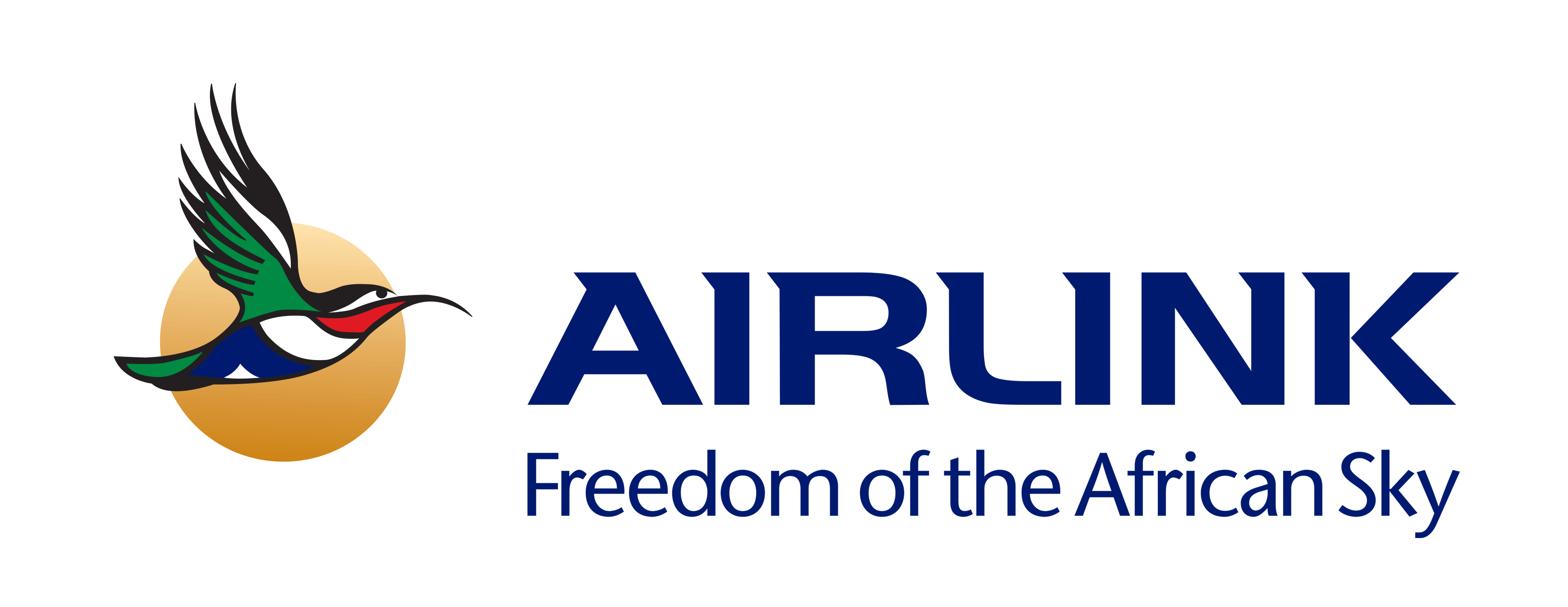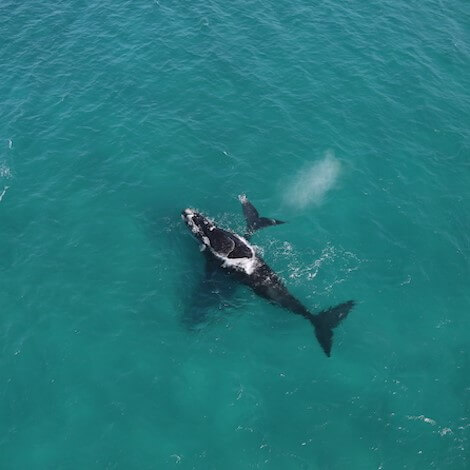Active
Popular
What’s It All About, Thamo Telele?
 Pru Allison
Pru Allison
 July 22, 2022
July 22, 2022
Everyone’s talking about Thamo Telele and the giraffe conservation happening there, so we sat down with the giraffe researchers on site, Katie Ahl and Emma Wells to find out more about the lodge’s conservation work and what guests can expect from their stay.
Where are you both from originally?
Katie: “I’m from Seattle, Washington in the US and Emma is From Auckland, New Zealand but has lived in several countries around the world.”
What ignited your interest in wildlife and conservation?
Katie: “I learned to love wildlife from my parents. They encouraged learning and caring for animals and nature and provided many opportunities for me to experience the world around me. We did everything from fostering puppies, camping and visiting my family’s farms in the summer. Those experiences helped make me who I am today.”
Emma: “Like most ‘kiwis’, I spent more time outside than I did inside as a youngster. Much of my childhood was spent on my family’s farm where I helped out with the livestock, explored ponds for frogs and insects and looked after orphaned lambs. As a kid I was an avid reader and my love for animals was obvious at a young age as all my books were about animals!”
Please tell us a little bit about your backgrounds, training and what you were doing before coming to Thamo Telele?
Katie: “I always wanted to work with animals. When I was young, I considered veterinary medicine as a career but fell into other work in animal care and eventually ended up becoming a zookeeper. There I worked with many species of animals but formed a keen interest in giraffe.”
Emma: “As with Katie, there was never any doubt that I wanted to work with animals. After completing a Zoology degree in New Zealand, I took off on my OE and found my first zookeeper job in Ireland. From there I worked in the UK, the Channel Islands and eventually back to Auckland Zoo. In between jobs I travelled a lot and even spent time at a wildlife rehabilitation centre in Durban, SA. Over the years I have worked with many species but always had a love for giraffe, one of the first species I worked with.
Both our zoos support the Giraffe Conservation Foundation (GCF) as a conservation partner/donor. In 2018 and 2017 respectively, we joined a GCF conservation supporter field trip through our zoos and realised how much we enjoyed field work.
In early 2018, I began as a volunteer with GCF helping coordinate the Northwest Namibia Desert Giraffe project. Katie joined me in mid-2019. Hoanib Valley Camp in Namibia works with GCF on giraffe research in the area and through that collaboration we heard about the idea for Thamo Telele. After a site visit and several meetings with Dave (founder and director of Natural Selection) and the NS team we decided to make the move to Botswana and give this project a hand.”
What attracted you to Thamo Telele?
Katie and Emma: “For us it was a unique opportunity to merge our skills. Here we are using our conservation skills to engage guests with stories and information about giraffe and their status in the wild, but we also rely on our zookeeper skills that include animal husbandry, training, nutrition, behavior and health monitoring.
It is something we had never thought of doing and the challenge seemed fun and rewarding.”
What are your jobs there?
Katie and Emma: “We are naturalists and giraffe specialists. Our main job is to create the waterhole experience with the giraffe and host guests at the lodge. We are also training guides and staff in all aspects of giraffe biology and conservation. Over time we will be part of the team that organises the education outreach component and will be helping create opportunities for the local community to learn about wildlife and nature. And there’s always the ‘other duties as assigned’ part of our job. We have been helping with the lodge renovation, social media content, and basic office work to name a few!”
What do your jobs entail on a daily basis?
Katie and Emma: “Most of our day focuses on the giraffe. We are up early to monitor where they are on the property, top off waterholes and supplement feed them and the game (during the summer). We then touch base with the staff and guests and make a plan for activities for the day. After lunch we head back onto the reserve to check on the giraffe and top off their feeders at the waterhole in preparation for the sundowner. Then it’s back to the lodge to catch up with the guests at tea time and head out for a walk to enjoy the reserve and waterhole. Finally, we end the day by dropping the guests back at the lodge and head home to do it all over again the next day.”
Where do the giraffe come from?
Katie and Emma: “The giraffe on Thamo Telele came from other farms in Botswana. The first ones came to the property in 2004 and most recently we translocated 5 giraffe from Ghanzi to increase the genetics on the reserve and to help jumpstart out habituation program. They are all Southern giraffe species and assumed to be the Angolan sub species. We have collected DNA samples from both farms to determine this officially and are waiting on the results. This will help us determine where we can move other giraffe offspring in the future as we will need to manage the population on the reserve. The giraffe that are moved off the property will likely go to other reserves or maybe into other concessions or national parks, and this is highly dependent on what the DNA says.”
How is the giraffe experience handled?
Katie and Emma: “Currently we are offering a waterhole sundowner with the giraffe and game. We offer a relaxing experience that allows for fun learning with a beautiful view. Guests take a short, escorted walk to our viewing area and enjoy a drink while waiting for the game to arrive. Our guides and naturalists are on hand to answer questions and teach how to individually identify giraffe like a researcher would. The giraffe have a very good attendance record but we have noticed that big weather changes can affect their behavior. But nobody’s perfect and there is always something for our guests to enjoy. As the light disappears so do the giraffe and we return to the lodge just in time for dinner.”
How do you keep them healthy when using treats as an incentive?
Katie and Emma: “We use game pellets as a reinforcer for the giraffe to come to the waterhole for the guests to observe. These pellets are plant based with added minerals and we add a little bit of molasses to sweeten the deal. Giraffe are estimated to eat about 30kg of leaves a day in the wild and the giraffe at Thamo Telele are no exception. Our giraffe spend the entire day browsing for leaves around the reserve, then stop by for a treat of pellets at the end of the day. These pellets are very nutritious and are a supplement to their diet. The plants and soil around Maun can be lacking in certain minerals and we offer salt licks and mineral blocks for the game and the giraffe year-round. The amount of pellets each giraffe gets is roughly 1-2 kg per day. Additionally, we monitor the health of all the game and giraffe to look for signs of malnutrition, injury or disease and consult with local veterinarians when needed.”
How do you stop them getting pushy about the treats?
Katie and Emma: “We have many locations for them to feed at around the waterhole. We will continue to monitor how they use them and look for any behavioral issues. Giraffe are quite comfortable browsing next to each other on trees and they do the same with the pellets. However, some do prefer to have their own space and if they get displaced by another they will often just move to the next location or stand and wait for their turn again.”
Can the giraffes be described as wild?
Katie and Emma: “The short answer to that is Yes. However, they have been habituated to human presence and activity. We do not hand feed them or touch them. They are no different than the giraffe and other animals you might encounter in a well-established national park or concession. They are very aware of our presence but as long as we keep a safe distance for us and them, they continue about their day as a normal wild giraffe.”
What is their value to conservation?
Katie and Emma: “We have a favourite quote from Baba Dioum that is at the heart of what we do: ‘In the end, we will conserve only what we love; we will love only what we understand, and we will understand only what we are taught.’
The giraffe and other game on Thamo Telele allow our guests to get an up close, safe, and intimate look at their behaviour and personality. The guides and naturalists share valuable information about ‘everything giraffe’ and give a whole picture about a giraffe individual, a herd, and the big picture about conservation. We believe that creating these experiences for our guests builds empathy and understanding. We hope our guests leave with a little more information and a lot more love for giraffe and in the end they will act to help us save giraffe in the wild.”
What are the long term aims?
Katie and Emma: “Currently we are refining the giraffe program on the property. But over the coming years NS aims to establish an environmental education program for the local kids and community.”
What are the conservation impacts?
Katie and Emma: “A portion of each person’s stay at Thamo Telele goes towards two projects. One is to support Lorato house, a local orphanage run by the owners of the property. The other is to support the work of Giraffe Conservation Foundation (GCF). GCF works in many countries throughout Africa and Thamo Telele will partner with them on the Botswana giraffe DNA assessment over the coming years. This information will help inform government and landowners’ decisions about movement and conservation of giraffe within the country.”
Special Offers
Our special offers are designed to help you experience everything southern Africa has to offer whilst also saving some all-important pennies. Whether you’re about to embark on a once-in-a-lifetime solo trip, or are celebrating a special occasion, have a peek at our offers and see what could be in store for you.
























